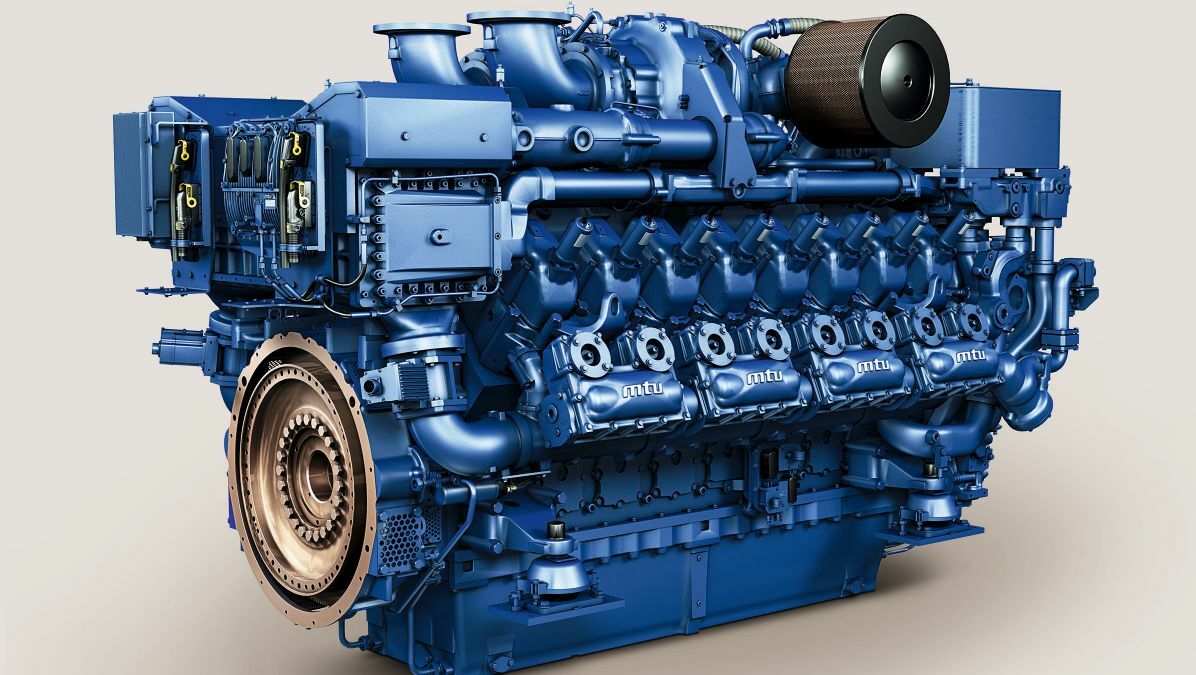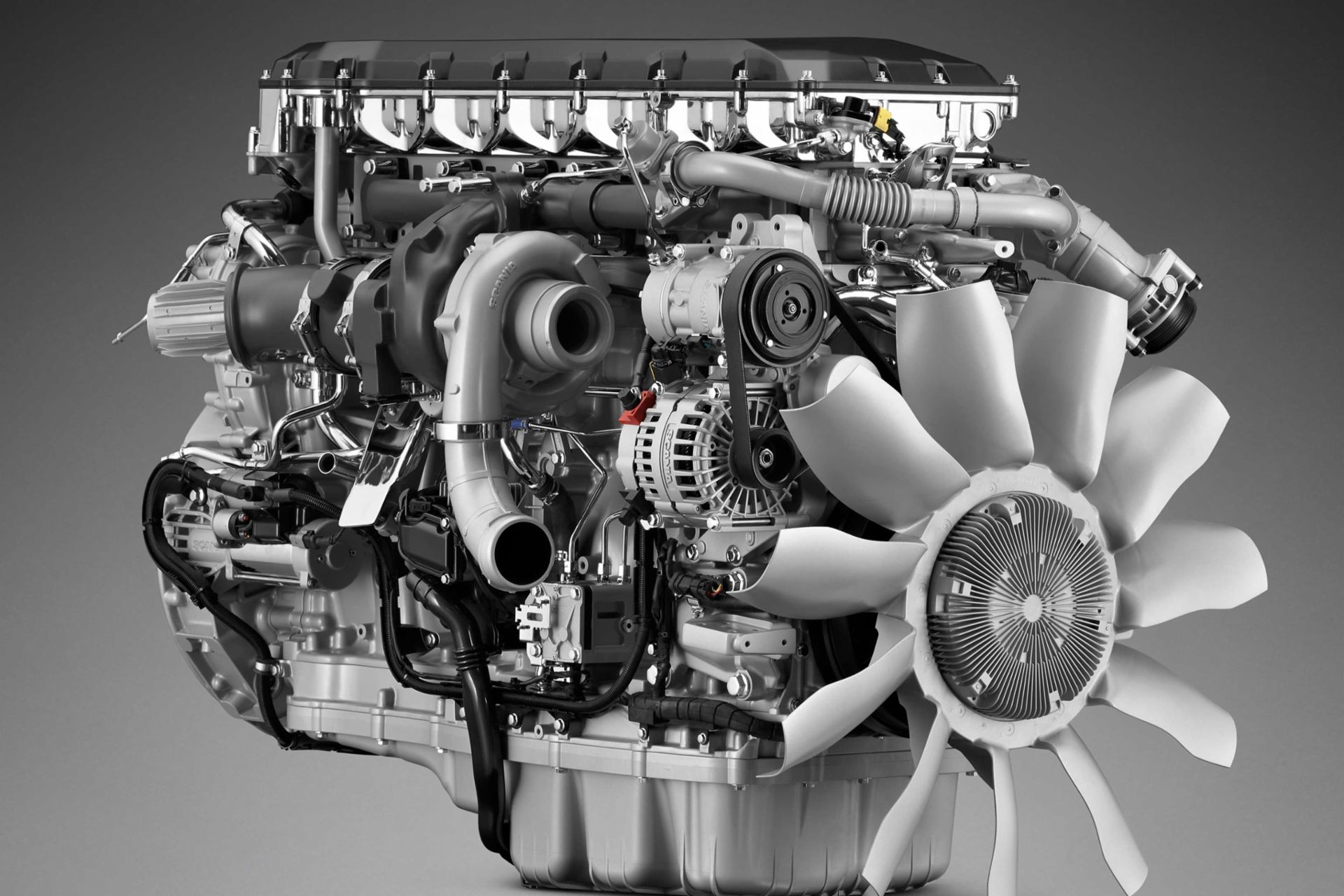The Development of High-Performance Automotive Powerplants: A Comprehensive Introduction of Cutting-Edge Engine Technologies in the Modern Automotive Market
The pursuit for a lot more effective, effective, and eco conscious engines has led to a myriad of technologies that have reshaped the method we believe regarding vehicle power. From turbocharging developments to the smooth integration of hybrid powertrains, the world of high-performance engine innovations proceeds to push boundaries and redefine possibilities.
Turbocharging Advancements
The evolution of high-performance vehicle powerplants has actually been significantly affected by constant innovations in turbocharging innovations. Turbocharging has transformed the automobile market by offering a much more reliable means of boosting engine power result without substantially boosting engine variation. By utilizing exhaust gases to drive a wind turbine that presses the inbound air right into the engine, turbochargers properly boost the air-fuel mix's thickness, causing enhanced combustion and greater horsepower degrees.
One of the key developments in turbocharging modern technology is the growth of variable geometry turbos (VGTs) or variable nozzle turbines (VNTs) These systems enable more accurate control over increase degrees, lowering turbo lag and improving engine action across a wider variety of RPMs. In addition, twin-scroll turbochargers have become preferred in high-performance applications due to their capability to different exhaust pulses for much better energy usage.
Crossbreed Powertrain Assimilation
Proceeding the trajectory of technical innovations in vehicle powerplants, the integration of hybrid powertrains notes a considerable change towards enhancing both efficiency and efficiency in modern-day automobiles. Hybrid powertrains incorporate conventional inner burning engines with electrical motors, enabling for enhanced gas economic situation, reduced discharges, and boosted power outcome (engines for africa). By flawlessly blending the toughness of both source of power, crossbreeds provide a versatile option that provides to varying motoring conditions and demands
One trick benefit of hybrid powertrain integration is the capacity to regain power during braking or drifting, keeping it in the automobile's battery for later use. This regenerative stopping function not just boosts effectiveness however additionally contributes to expanding the overall series of the car. In addition, the instantaneous torque distribution of electrical motors matches the power delivery of internal combustion engines, leading to enhanced velocity and responsiveness.
Car manufacturers are constantly improving hybrid powertrain innovations, aiming to strike an equilibrium between performance and sustainability. engines for africa. As customer demand for eco-friendly yet effective cars grows, the integration of hybrid powertrains is positioned to play a crucial role fit the future of automotive propulsion systems

Advanced Fuel Shot Systems
With improvements in auto technology, the implementation of sophisticated fuel injection systems has actually transformed the efficiency and performance of modern-day cars. These advanced gas distribution systems have changed conventional carburetors because of their premium accuracy in providing fuel to the engine. Direct fuel shot, where gas is splashed directly into the combustion chamber, enables much better control over fuel-air blend, leading to boosted power outcome and gas effectiveness.
One of the key advantages of sophisticated fuel injection systems is their ability to adjust to differing driving conditions in real-time. This adaptability guarantees optimum engine performance across different situations, whether it be throughout aggressive acceleration or travelling at a consistent speed. In addition, modern fuel injectors are developed to atomize fuel better, promoting cleaner burning and reducing hazardous exhausts.
Moreover, advanced fuel injection systems play a critical role in enabling the execution of various other innovative engine modern technologies, such as turbocharging and variable shutoff timing, further enhancing the general power and effectiveness of high-performance vehicle powerplants.
Performance-Enhancing Electronic Devices

One key innovation that exhibits this is the Electronic Control Unit (ECU), which functions as the mind of the engine management system. The ECU processes real-time information from various sensors to precisely manage ignition timing, gas injection, and other crucial parameters, resulting in boosted power shipment and gas efficiency. Furthermore, technologies like variable valve timing (VVT) and digital throttle control (ETC) additional add to maximizing engine efficiency by changing valve opening times and throttle reactions based upon driving conditions.
Additionally, performance-enhancing electronics make it possible for features such as launch control, grip control, and adaptive shock absorber, improving both the driving experience and general automobile efficiency. The continual evolution and combination of these sophisticated digital systems continue to press the limits of automobile engineering, bring about much more effective, reliable, and technologically advanced high-performance cars.
Future Trends in Engine Growth
As auto powerplants breakthrough with the integration of performance-enhancing electronic devices, the trajectory of engine development is redirected here poised to accept future patterns that will certainly redefine the landscape of high-performance automobiles. One noticeable fad imminent is the continued downsizing of engines without endangering power result. This downsizing is accomplished through technologies like turbocharging and electrification, enabling smaller engines to provide the performance of bigger ones while improving fuel efficiency.
An additional vital pattern is the raising adoption of hybrid powertrains in high-performance automobiles. Crossbreed systems integrate about his inner burning engines with electrical motors to boost acceleration and total performance while reducing exhausts. Additionally, improvements in products science are driving the development of lighter and more powerful engine parts, adding to enhanced performance and power-to-weight proportions.
Additionally, the market is relocating in the direction of even more lasting techniques, with a growing emphasis on different gas such as biofuels, hydrogen, and artificial gas. These eco-friendly alternatives not just lower the environmental influence of high-performance automobiles but additionally provide opportunities for more enhancing engine efficiency. In general, the future of engine development in the automobile industry is identified by efficiency, advancement, and sustainability.
Final Thought
Finally, the vehicle market has actually seen significant innovations in high-performance engine innovations, consisting of turbocharging developments, crossbreed powertrain combination, progressed gas shot systems, and performance-enhancing electronic devices. These developments have revolutionized the capacities of modern-day powerplants, leading to enhanced effectiveness, power outcome, and general performance of vehicles. As technology remains to evolve, future trends in engine development are expected to additionally boost the efficiency and sustainability of automotive powerplants.
Turbocharging has actually transformed the vehicle industry by giving a much more effective means of increasing engine power outcome without considerably increasing engine variation.As auto powerplants advancement with the combination of performance-enhancing check out this site electronic devices, the trajectory of engine advancement is positioned to welcome future trends that will certainly redefine the landscape of high-performance lorries. Generally, the future of engine advancement in the auto sector is identified by efficiency, technology, and sustainability.
In final thought, the vehicle industry has actually seen substantial improvements in high-performance engine modern technologies, including turbocharging innovations, crossbreed powertrain assimilation, progressed fuel shot systems, and performance-enhancing electronics. As modern technology continues to develop, future fads in engine advancement are expected to additionally enhance the efficiency and sustainability of vehicle powerplants.